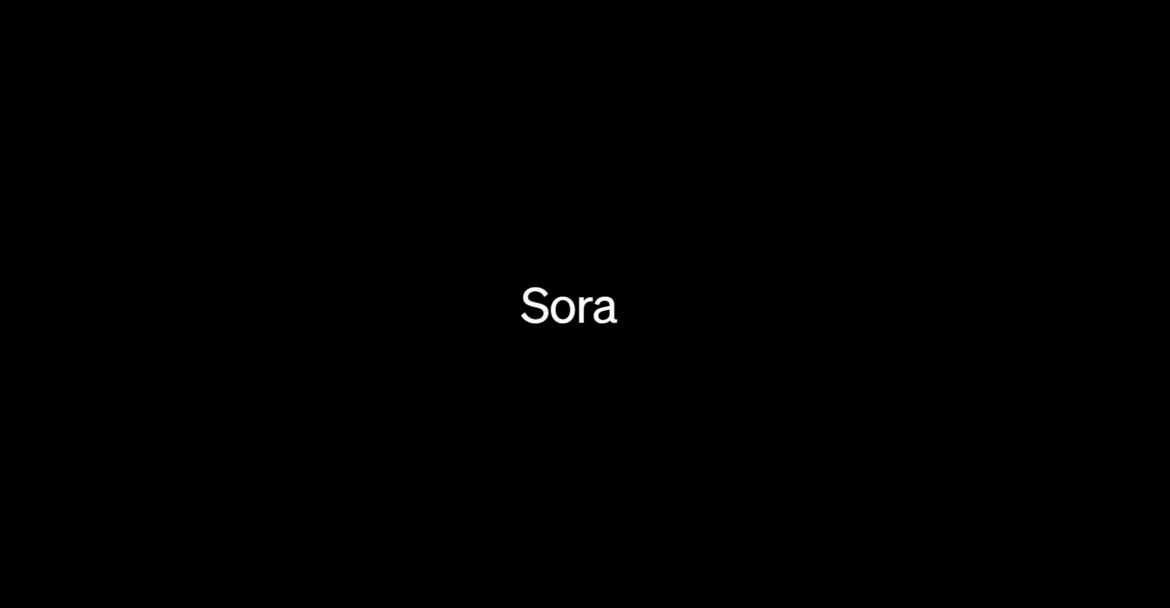OpenAI, renowned for its breakthroughs in AI technology like ChatGPT and DALL-E, is now delving into the realm of video generation with its latest offering, Sora. This innovative system allows users to create realistic and imaginative videos simply by typing out a descriptive sentence.
Sora, named after the Japanese word for sky, represents a significant advancement in generative AI. Similar to OpenAI’s DALL-E, which generates images based on textual prompts, Sora takes text instructions and transforms them into high-definition video clips. Users can specify desired scenes, and Sora brings them to life, whether it’s a bustling cityscape, a tranquil natural setting, or anything else one can imagine.
The potential applications of Sora are vast, ranging from aiding filmmakers and designers in visualizing concepts to enhancing creative storytelling in various industries. However, as with any powerful technology, there are concerns about its potential misuse, particularly in spreading misinformation.
With major elections looming globally, the rise of AI-generated deepfakes poses a significant challenge for platforms grappling with the spread of false information. OpenAI acknowledges these risks and is taking proactive measures to address them. The company has enlisted a group of “red teamers” to assess potential harms and is developing tools, including a detection classifier, to identify AI-generated content.
Despite its capabilities, Sora is not without limitations. The model may struggle with accurately simulating complex scenes and understanding specific cause-and-effect relationships. However, OpenAI is continuously refining the system and soliciting feedback from a diverse group of stakeholders, including visual artists, designers, and filmmakers.
Sora operates on a diffusion model, similar to OpenAI’s previous works, utilizing a transformer architecture for superior scaling performance. By unifying data representation across text, images, and videos, Sora lays the groundwork for future AI models capable of understanding and simulating the real world.
As OpenAI pushes the boundaries of AI technology with Sora, the company emphasizes the importance of safety and responsible deployment. By engaging with policymakers, educators, and artists, OpenAI aims to foster a better understanding of the potential benefits and risks associated with this groundbreaking technology.
In an era where the line between reality and simulation continues to blur, OpenAI’s Sora represents a remarkable leap forward in AI-driven creativity. With careful oversight and collaboration, this innovative tool has the potential to revolutionize how we interact with and perceive visual media in the years to come.


Leave a Reply